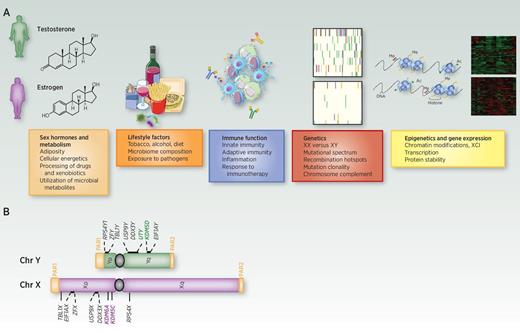Understanding the biological differences between breast cancer in men and women requires experiments in the laboratory. Although most of what we know about breast cancer comes from studying women, recent analyses of men with the disease have revealed significant differences. Researchers, like Dr. Harikrishna Nakshatri from the Indiana University School of Medicine ((https://cancer.iu.edu/about/members/bio/1111)), are now creating experimental models for male breast cancer. He recently shared his ongoing studies with me, and gave his permission for me to blog about his work.

Dr. Nakshatri’s lab is developing two types of models from male breast cancers: cell line and PDX models. Both will be valuable for studying different aspects of the disease. What’s particularly exciting is that they are also creating models of normal male breast cells, allowing for a better understanding of the processes leading to cancer. My gratitude to the healthy volunteers who are agreeing to a needle-guided biopsy of their breast tissue for this work.
One focus of their research is on estrogen signaling. They aim to explore how estrogen affects gene expression and immediate cell behavior. The complexity of the signaling pathways is being untangled using advanced screening and computational techniques. Already, Dr. Nakshatri has observed variations in how these pathways are activated in the male experimental models, with different sets of genes regulated by estrogen.
An interesting finding is the activation of genes on the Y-chromosome in male breast cancer. This adds a unique dimension to the differences between male and female breast cancer, and makes sense in the context of recent descriptions of these genes roles in cancer [Rossella Tricarico, Emmanuelle Nicolas, Michael J. Hall, Erica A. Golemis; X- and Y-Linked Chromatin-Modifying Genes as Regulators of Sex-Specific Cancer Incidence and Prognosis. Clin Cancer Res 1 November 2020; 26 (21): 5567–5578. https://doi.org/10.1158/1078-0432.CCR-20-1741].

Overall, this fundamental research is crucial for advancing our understanding of the disease and developing better treatments. Dr. Nakshatri’s work is paving the way for potential improvements in outcomes for patients with male breast cancer. Thank you, Dr. Nakshatri!
